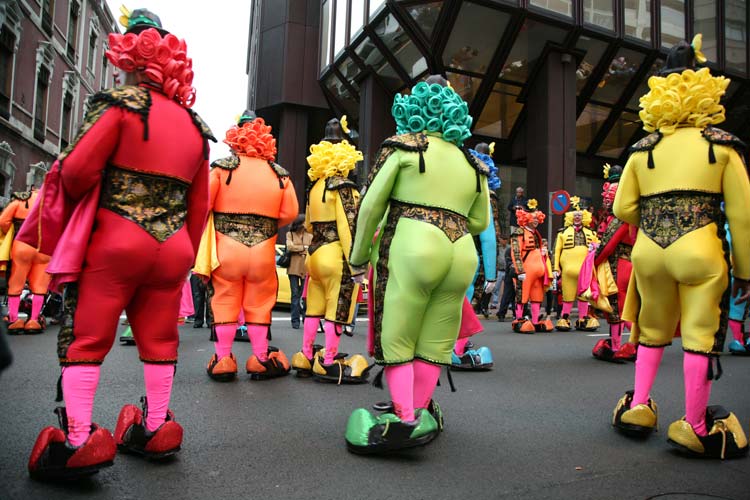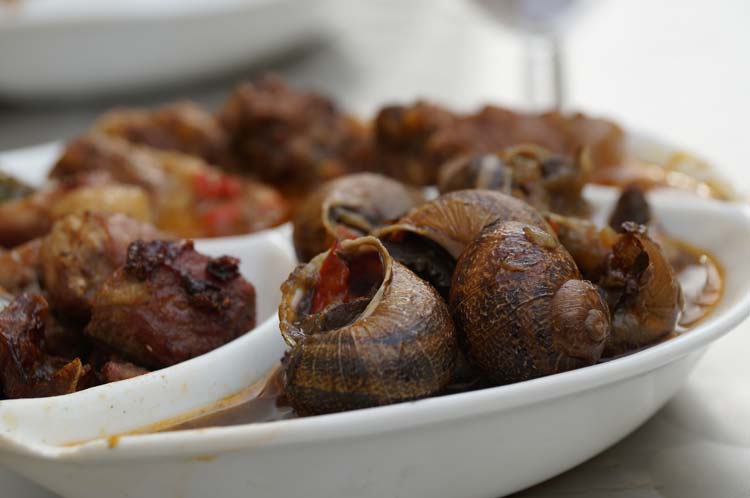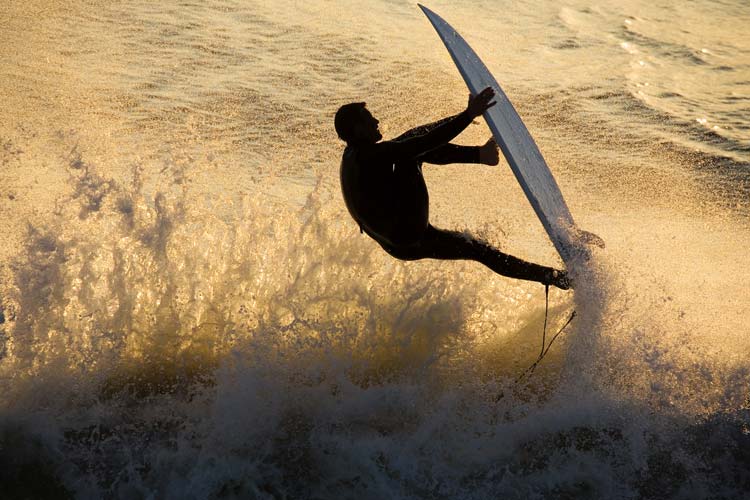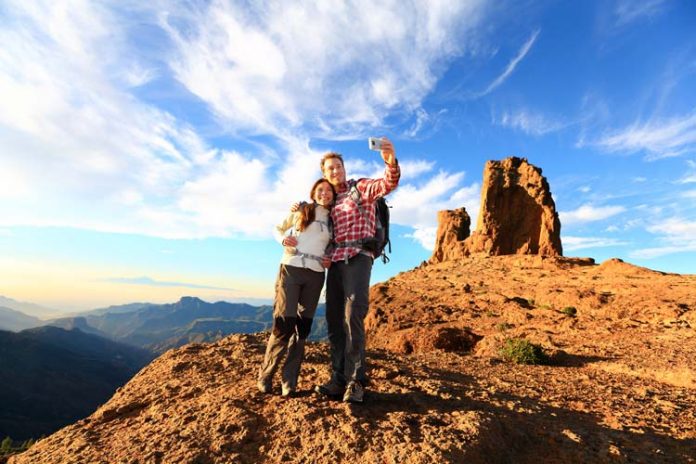Luxurious resorts and a wide range of hotels, discos filled with tipsy European youngsters, countless souvenir shops and queues of people waiting to enter national parks – yes, Canary Islands do indeed have all the pros and cons of being a top tourist destination. Yet it’s often forgotten these little pieces of land dotting vast waters of the Atlantic Ocean have much more to offer. If you prefer peaceful, well organized vacation, Canaries, with lots of tourist amenities, are the perfect place to choose. If you want some wilderness, adventures and cultural experiences, despite of what the stereotype claims, it’s still the perfect place to choose. Here’s a list of the best things to do in Canary Islands, including the popular must-does and must-sees, but also the rather unknown, like local sorts of activities.
Table of Contents
Wandering around the cities
There aren’t many large cities on the Canary Islands, it’s usually just little towns and villages. Santa Cruz de Tenerife and Las Palmas de Gran Canaria are quite big though, bustling and full of people. Both of them share the title of Canaries’ capital. As you walk around, pay attention to the architecture, wonderful wooden balconies, old-style mansions and historic churches. In Las Palmas, don’t miss the Catedral de Santa Ana with the impressing neoclassical façade, atmospheric Gothic interior and Juan de Miranda’s (a notable Spanish artist) paintings. If you like history, Casa de Colón Museum is a great place to visit. The mansion used to be a residence of Christopher Columbus, where he lived before heading to Americas. Now it’s a museum featuring exhibitions concentrated on Columbus and the conquest of the Canary Islands by Castille. Santa Cruz offers lots of activities for art-lovers, with its numerous galleries and museums, like TEA Tenerife Espacio de las Artes (a community art space) or Museo Municipal De Belles Artes (amazing collection of fine art). After you see the museums, take your time to wander around. Canarian cities are a fascinating mixture of cultures, with lots of immigrants who brought their traditions with them when they arrived, with the cheerful locals, countless tourists and a variety of arts and languages. As islands, they’ve been experiencing centuries of coming and going. Explorers, settlers, globetrotters, all of them left a mark on the culture of Canaries. Spot some street musicians, take a seat in a café, slowly sip your coffee and observe. Look around, listen to the voices of people and enjoy the uniquely chaotic and joyful atmosphere.

Joining traditional fiestas
Canarians are party-animals, no doubt about that. They love music, dancing, eating and a bit of drinking once in a while. If you get a chance, participate in a local festivity. In February most of towns celebrate Carnival, in May there’s the Day of the Cross, (celebrated throughout the Canary Islands) in June Fiesta de San Telmo (Puerto de la Cruz in Tenerife) and the Festival of Saint John (everywhere), in September Fiesta del Santisimo Cristo (La Laguna, Tenerife), in October Fiesta de la Virgen del Rosario (most celebrated in Puerto Rosario, Fuerteventura). Actually, there’s something going on almost all the time. Romería, a traditional pilgrimage, takes place both in spring and summer in many villages all across Canaries. People dance on the streets, play music, organize parades and elaborate processions. Some events are famous in all the islands, but smaller fiestas are being held in various places, so you don’t even need to go to the loudest parties. These little festivals have their own charm. They’re still loud, colourful and vibrant, but more traditional and not at all touristy.

Exploring national parks
The Canary Islands has four national parks, each one of them on another island. Caldera de Taburiente National Park, located on La Palma, is known for the Caldera de Taburiente, an immense mountain arc. La Gomera’s Garajonay National Park is a picturesque area with the island’s highest peak, the rock formation of Garajonay and wondrous subtropical forest. Situated on Lanzarote, Timanfaya National Park is made up of volcanic soil. Timanfaya is an active volcano, surrounded by incredible landscapes. Visiting the Timanfaya National Park is definitely one of the best things to do in Canary Islands and, because of the unique views, a cosmic experience. Last but not least, Teide National Park is the largest national park in Canaries and the oldest in Spain. It’s leading in many ways, also being the most visited national park in Europe. The magnificent Mount Teide stand in its centre, reaching up to 3718 meters and piercing through the Canarian sky. Views are spectacular. All Canarian parks offer various activities, great hiking and breathtaking landscapes, so try to spend as much time as you can exploring them, you won’t regret it.

Tasting the local cuisine
Cuisine of the Canary Islands, just like its culture, is a result of inspirations mixing together to create something unusual. First of all, the aboriginal inhabitants of the islands left their significant influence. Then Latin America and Africa added something of their on and so did continental Spain. The final effects are delicious. Among the things you simply must do in Canary Islands, is having a taste of mojo, a type of sauce based on olive oil and different spices. It’s served with many dishes, but combines best with papas arrugadas, tiny unpeeled potatoes. A traditional Canarian and very original product is gofio, flour made of roasted sweetcorn and used to prepare a variety of foods. Since banana trees grow abundantly across Canaries, the fruit is a popular snack. As for desserts, try bienmesabe, a yummy paste made of almonds, honey and sugar, often added to ice cream. Barraquito, a coffee drink, can also be considered a dessert, since it’s so heavenly sweet. This beverage is known on Tenerife in particular. Besides, the Canary Islands produces great wines, so don’t forget to order a glass when you go out for a dinner.

Being lazy on the beach
World-famous, the Canarian beaches need little in the way of introduction. Resorts situated on the South have fabulous beaches, but you must be aware of the crowds that come in the package together with lovely views and crystal-blue water. Tenereife has even imported some golden sand to make the coast cosier, there are still some natural, black-sand gems though. Gran Canaria has tons of sand, so does Fuerteventura. Whatever you prefer, be it soft, rolling dunes, narrow rocky inlets, unique black sand or volcanic rocks, it’s all there. Not only the sceneries vary, but also the visitors. Some of the beaches are usually chosen by families, others attract adventurers, surfers and explorers. Some are nearly empty, others full of sunbeds, blankets and resting vacationers. The perfect, sunny weather all-year long and pleasantly warm water is one connects all of them.
Trying out different water sports
Great climate, gorgeous beaches and clear waters are the reasons water sport enthusiasts so often head to Canaries. Surfing, kitesurfing, windsurfing, diving, sailing and snorkelling are popular activities. You can also try kayaking and parasailing, or water skiing. Options are basically endless. Among the things to do in Canary Islands, trying out a new sport is one of the best ideas. If you’re a beginner, there’s plenty of schools and trainers ready to help you out.

Searching for what’s hidden
The Canary Islands has lots of secrets. Don’t limit your journey to visiting only the famous tourist points. As soon as you get off the beaten track, you’ll get surprised. Secluded beaches, wild nature, alternative cafés, eco
communities, small traditional restaurants, it’s all there, you just need to search a bit.




